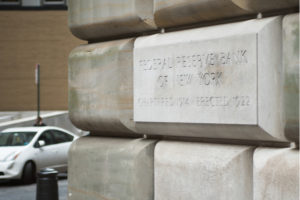Fed liquidity is the grease that’s making this market run. When the grease runs out or fails to work, will the market melt-up come to an abrupt end? This is uncharted territory, which to me means you need to make sure you have your risk tolerance figured out before it’s too late. Michael S. Derby reports for The Wall Street Journal (abridged):
After a dimming in demand for Fed money just after the start of 2020, this week has seen increase operation sizes. On Monday the Fed added $76.9 billion. Analysts at Wrightson ICAP said money markets may see frictional pressure Tuesday. That may explain why demand for Fed liquidity has perked up.
The Fed has been adding significant amounts of short-term liquidity to financial markets since September, when short-term interest rates surged unexpectedly. Then, major banks that normally lend cash short-term to other financial firms pulled back, causing money market rates to go up. Most notably, the federal-funds rate, a key focus of central bank policy, moved above its range.
Fed repo interventions have been used for decades to control short-term rates. The Fed seeks to control the fed-funds rate to influence the overall cost of credit in the economy to accomplish its inflation and job mandates, set for the central bank by Congress.
Read more here.
E.J. Smith - Your Survival Guy
Latest posts by E.J. Smith - Your Survival Guy (see all)
- Rule #1: Don’t Lose Money - April 26, 2024
- How Investing in AI Speaks Volumes about You - April 26, 2024
- Microsoft Earnings Jump on AI - April 26, 2024
- Your Survival Guy Breaks Down Boxes, Do You? - April 25, 2024
- Oracle’s Vision for the Future—Larry Ellison Keynote - April 25, 2024
















